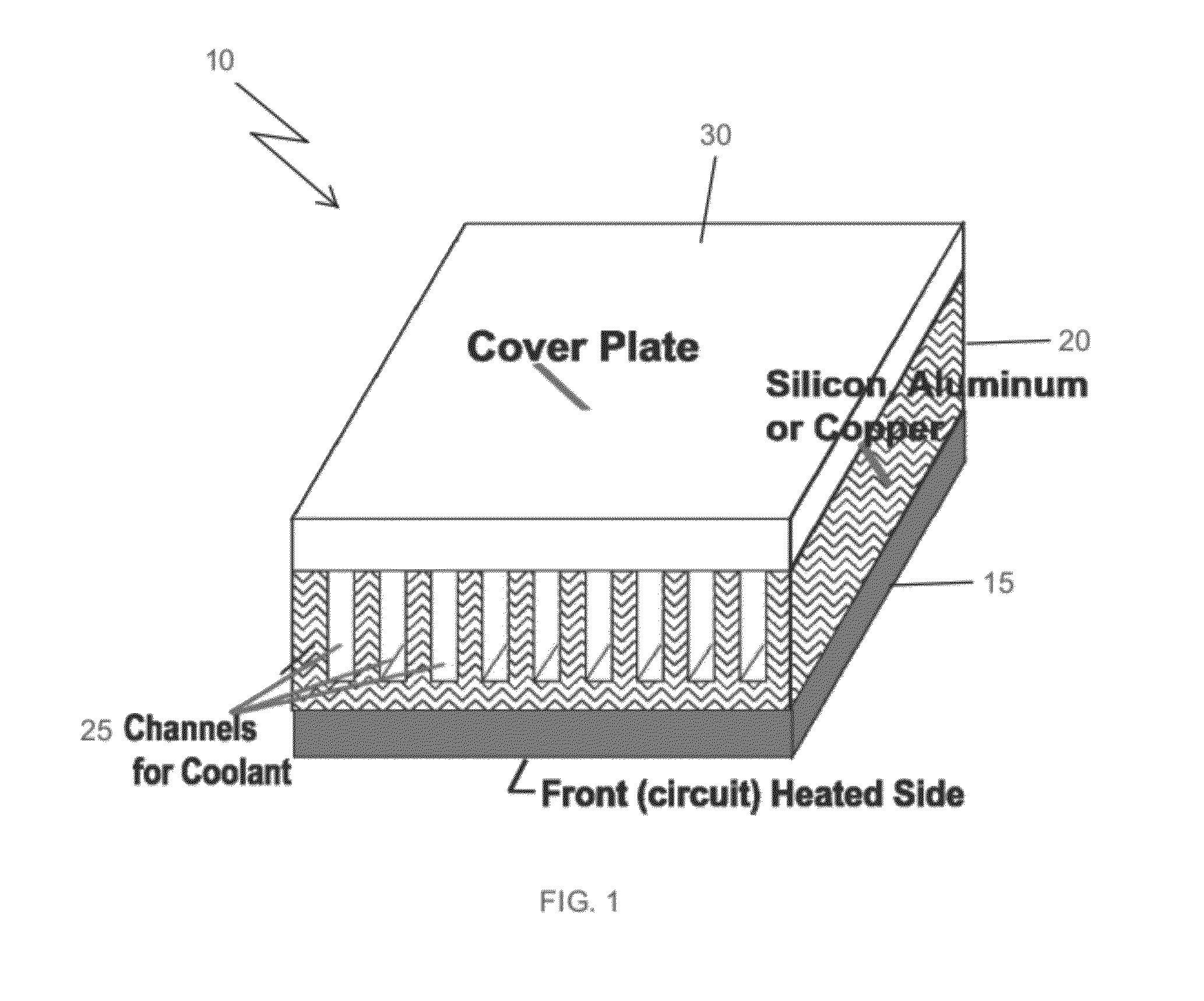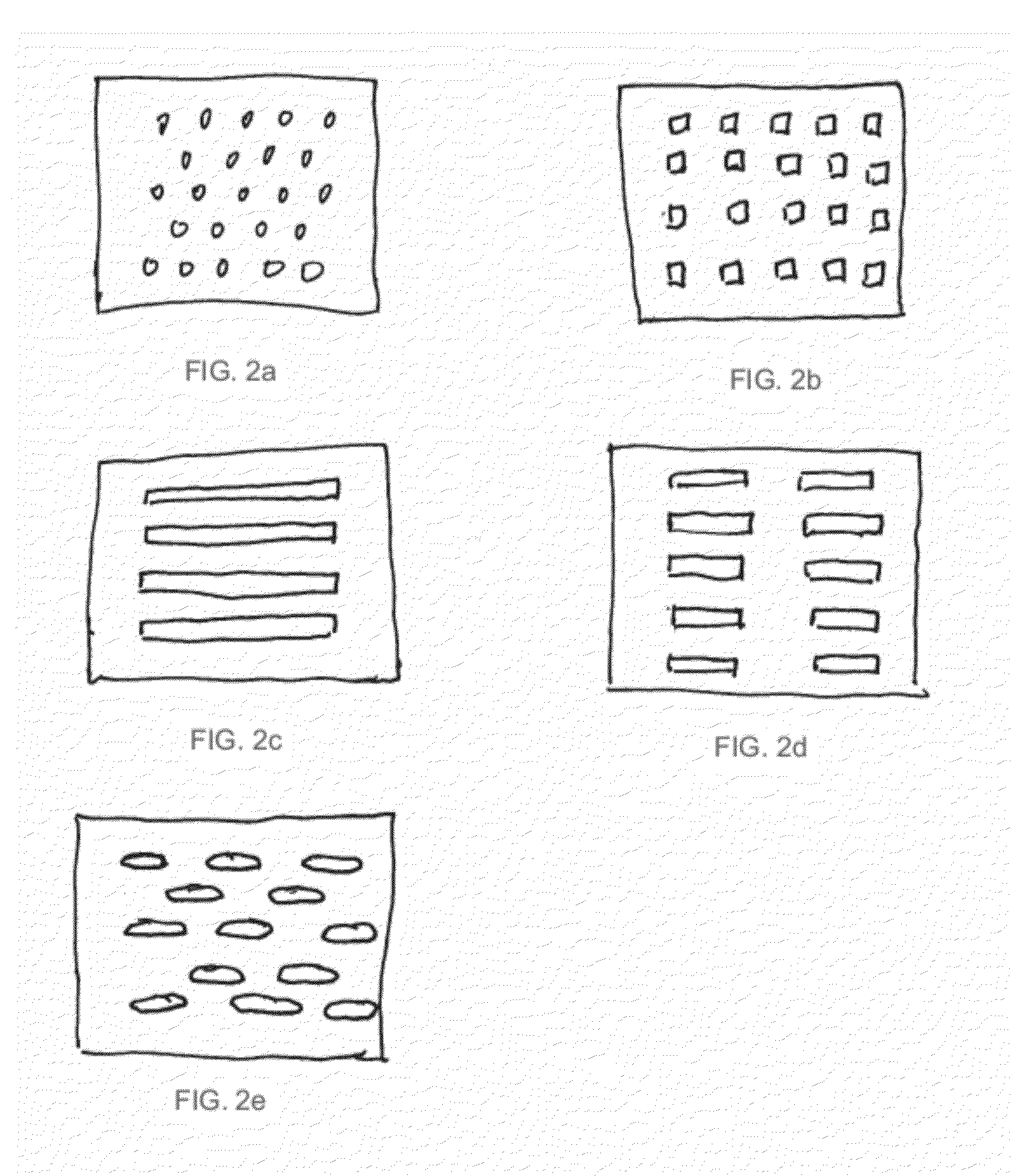Systems and methods for heat transfer utilizing heat exchangers with carbon nanotubes
a technology of carbon nanotubes and heat exchangers, applied in the field of heat exchangers, can solve the problems of time-consuming and cost-intensive techniques for the fabrication of microchannels, and the disadvantage of added pressure drop
- Summary
- Abstract
- Description
- Claims
- Application Information
AI Technical Summary
Benefits of technology
Problems solved by technology
Method used
Image
Examples
experimental examples
[0041]Additional details about experimental aspects of the above-described studies are discussed below.
NomenclatureAsurface area available for heat transfercpspecific heat at constant pressureLlength of tubing (norprene, manifold)Dhmhydraulic diameter of manifoldDhnhydraulic diameter of norprene tubingffriction factorkthermal conductivity of copper blockkccontraction loss coefficientkeexpansion loss coefficientΔPtotal pressure dropΔPcpressure drop due to contractionΔPchpressure drop across minichannelΔPepressure drop due to expansionΔPmpressure drop through inlet andoutlet manifoldΔPnpressured drop through norprene tubingqheat fluxQheat suppliedΔTtemperature difference betweenthermocouplesTinfluid inlet temperatureToutfluid outlet temperatureTwbase temperatureTbbulk fluid temperatureumfluid velocity through manifoldunfluid velocity through norprenetubingvvolumetric flow rateΔxdistance between thermocouplesin the copper blockGreek Symbolsρdensity
[0042]In order to test the heat transf...
PUM
| Property | Measurement | Unit |
|---|---|---|
| hydraulic diameter | aaaaa | aaaaa |
| hydraulic diameter | aaaaa | aaaaa |
| thick | aaaaa | aaaaa |
Abstract
Description
Claims
Application Information
 Login to View More
Login to View More - R&D
- Intellectual Property
- Life Sciences
- Materials
- Tech Scout
- Unparalleled Data Quality
- Higher Quality Content
- 60% Fewer Hallucinations
Browse by: Latest US Patents, China's latest patents, Technical Efficacy Thesaurus, Application Domain, Technology Topic, Popular Technical Reports.
© 2025 PatSnap. All rights reserved.Legal|Privacy policy|Modern Slavery Act Transparency Statement|Sitemap|About US| Contact US: help@patsnap.com



